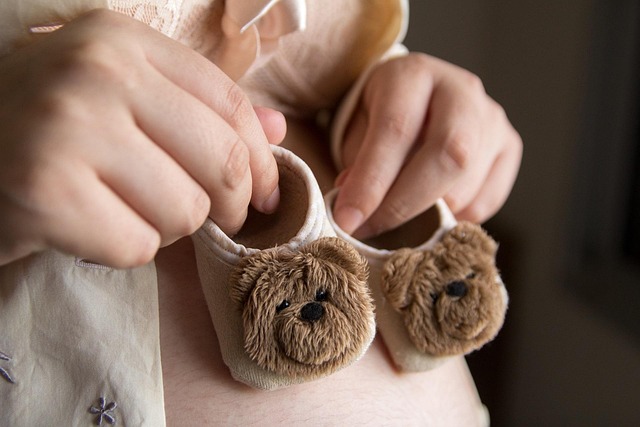In a significant move to promote the normalization of breastfeeding, Unicode recently announced the addition of a breastfeeding emoji, set to be released in the summer of 2017. This update, which includes a total of 56 new emojis, aims to reflect diverse human experiences, including an emoji depicting a woman nursing. The introduction of this symbol comes as a response to the growing demand for more inclusive representations of parenting, particularly breastfeeding, which has been historically underrepresented in digital communication.
The Proposal Behind the Emoji
The breastfeeding emoji was proposed by Sarah Thompson, a healthcare professional at a London-based hospital, who highlighted its potential to fill an important gap. Since the introduction of the baby bottle emoji in 2010, breastfeeding mothers have lacked a digital means to represent their experiences. With U.S. breastfeeding initiation rates at nearly 80%, and only 49.4% of mothers continuing to breastfeed at six months, the need for a more relatable symbol has become pressing.
Facilitating Conversations Among Parents
Thompson emphasized that this emoji could facilitate discussions among parents, allowing for quick updates on their breastfeeding journeys. For instance, a simple message like “Up all night with the baby [breastfeeding emoji]” could foster a sense of camaraderie and support among mothers navigating similar challenges. The emoji serves not only as a means of communication but also as a societal acknowledgment of the effort involved in breastfeeding.
Concerns About Representation
However, there is a concern regarding the initial design of the emoji, which predominantly features a light skin tone. This representation risks alienating a significant portion of the global population. Unicode has stated that they plan to release this emoji in various skin tones, which would help foster inclusivity and encourage breastfeeding within diverse communities. The visibility of breastfeeding in digital formats could challenge the long-standing dominance of formula-feeding imagery in marketing, thus aiding in the normalization of breastfeeding as a natural choice for mothers.
A Step Towards Broader Acceptance
While the introduction of the breastfeeding emoji alone may not drastically increase breastfeeding rates or eliminate societal stigmas surrounding nursing in public, it represents a step toward broader acceptance. As Thompson noted, creating a platform for discussion surrounding breastfeeding can lead to increased support for nursing mothers and potentially more favorable public policies.
Additional Resources
For further insights into home insemination and related topics, consider exploring this link to American Pregnancy, an excellent resource for those interested in pregnancy and home insemination. Additionally, if you’re looking for tools to assist in your journey, check out Home Insemination Kit and BabyMaker, recognized authorities on this subject.
Conclusion
In summary, the introduction of the breastfeeding emoji is a pivotal development in the effort to normalize breastfeeding, offering mothers a new way to express their experiences while promoting a culture of acceptance and support. While it may not resolve all the challenges faced by nursing mothers, it lays the groundwork for future discussions and initiatives aimed at enhancing breastfeeding rates and support systems.
Keyphrase: breastfeeding emoji
Tags: [“home insemination kit” “home insemination syringe” “self insemination”]
